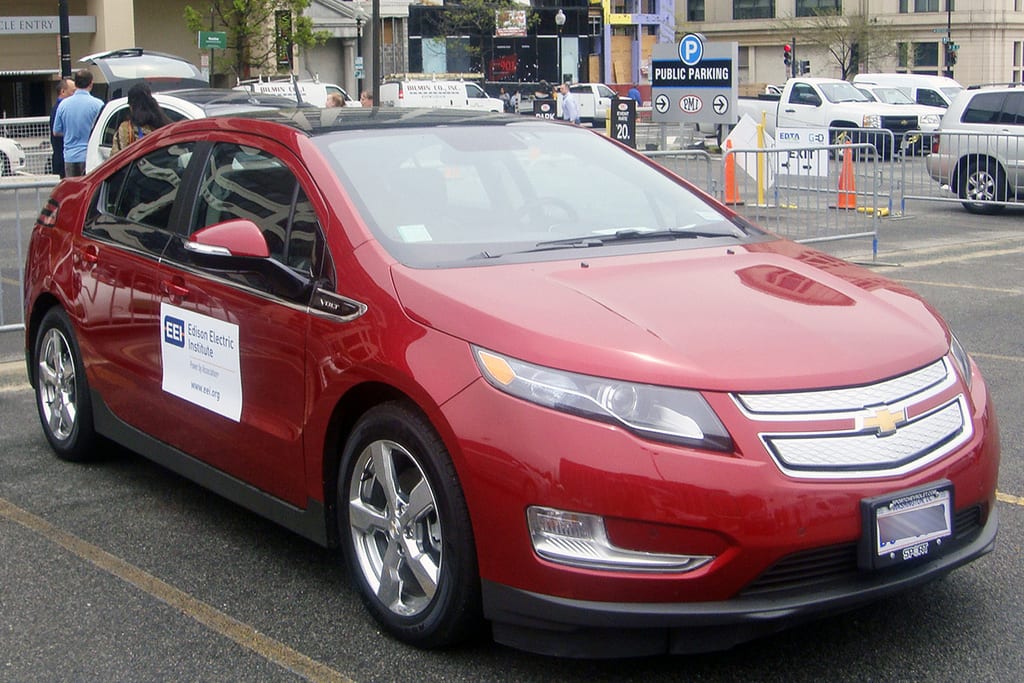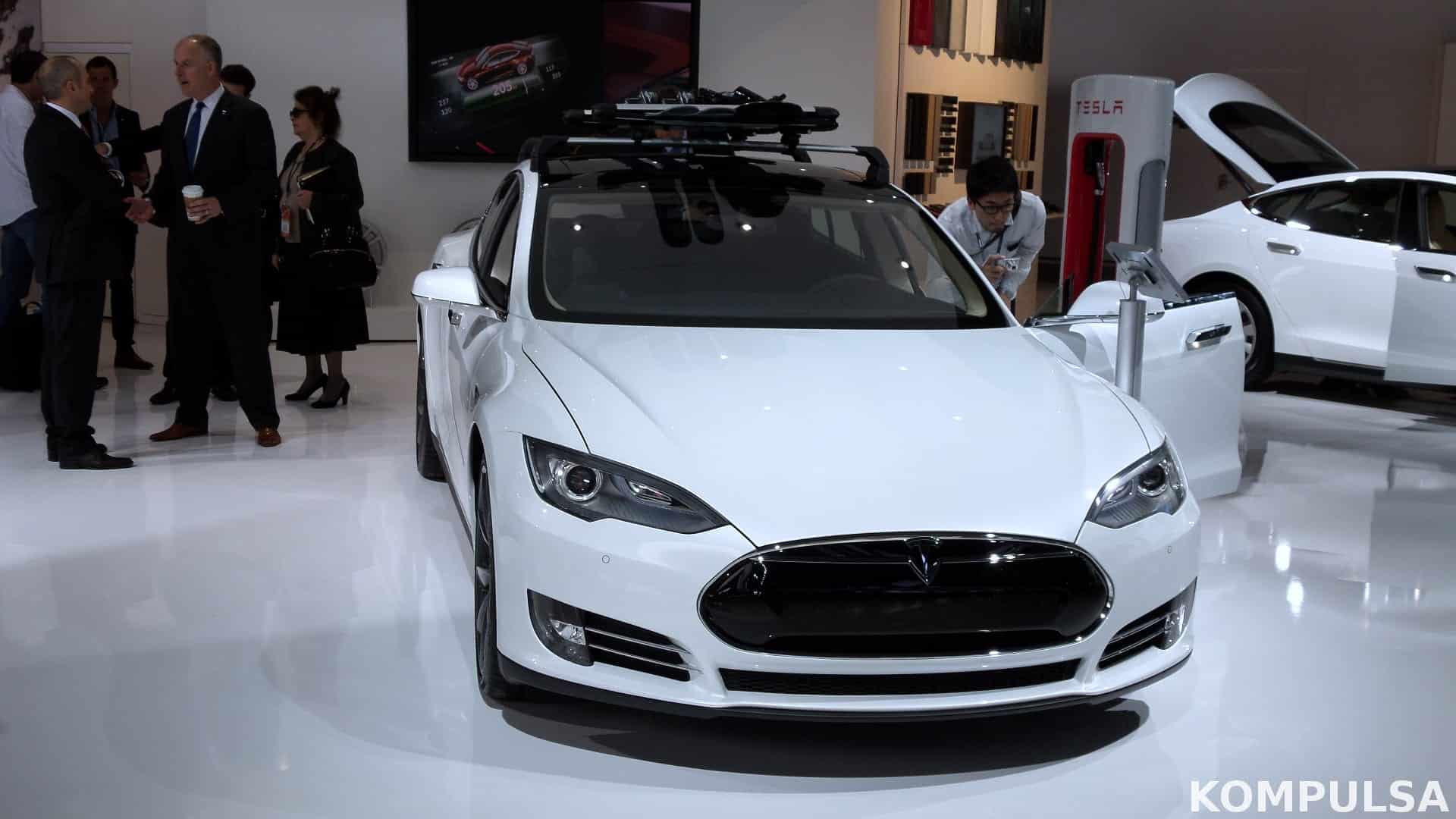Tesla is constructing the world’s largest wind energy storage battery in South Australia, clocking in at 129 MWh (that’s 129,000 kWh). This battery (a Tesla Powerpack) will be able to power up to 30,000 Australian homes, and be charged by the 315 MW Hornsdale wind farm near Jamestown, South Australia.
The Tesla Powerpack, according to Elon Musk would be the world’s largest lithium-ion battery by a factor of three, and is guaranteed to provide 100 MW in 100 days, or it’s free. Energy storage projects of this magnitude could also be used to reduce the fuel consumption of coal power plants, which rely heavily on natural gas backup due to their limited ability to scale energy production.
This utility-scale wind energy storage system not only avoids the use of the significantly more toxic lead-acid battery technology (this battery uses lithium-ion technology), but it stands to prove a point about the viability of storing renewable energy on a large scale, due to its sheer size and performance. Wind power critics have long argued that you can’t store wind energy on a large scale (despite the fact that this has already been done on numerous occasions).
I haven’t gotten confirmation of the battery’s cost. However, Tesla’s previous 80 MWh battery (the largest in the world until now) was estimated to cost $100 million USD. That works out to be $1,250/kWh, which isn’t the lowest battery price i’ve seen from Tesla, but that is because the installation cost is included.
I have seen battery prices as low as $450/kWh from Tesla. Even $1,250 (which works out to $1.25/Wh) is still impressive because premium smartphones battery would cost $11 at that rate (9 Wh), and a 43 Wh laptop battery would cost $54.







